Spotted Seatrout
Spotted Seatrout: Legal Size, Catch Limits, and Best Bait Options
Spotted Seatrout, also known as speckled trout or simply “specks,” are one of the most popular game fish found along the Atlantic and Gulf coasts of the United States. With their distinctive spots and vibrant colors, these fish offer both recreational and commercial anglers an exciting fishing experience. In this blog post, we will discuss the legal size of Spotted Seatrout, catch limits, and the best bait options to catch them successfully.
## Legal Size and Catch Limits
To protect the sustainability of the Spotted Seatrout population and maintain a balanced ecosystem, most states along the Atlantic and Gulf coasts have specific regulations regarding the legal size and catch limits for this species. It’s important for anglers to be aware of these regulations to ensure compliance and contribute to responsible fishing practices.
Here are the legal size and catch limits for Spotted Seatrout in some popular fishing locations:
1. **Florida**: In Florida, the legal size for Spotted Seatrout is between 15 to 20 inches in total length, with a daily bag limit of 3 fish per angler. Additionally, within the bag limit, only one fish can exceed 20 inches in total length.
2. **Texas**: Texas allows anglers to keep up to 5 Spotted Seatrout per day, with a minimum size limit of 15 inches. Of the 5-fish limit, only one fish can exceed 25 inches.
3. **South Carolina**: In South Carolina, the legal size for Spotted Seatrout is 14 inches, with a daily bag limit of 10 fish per angler.
These regulations may vary in other states, so it’s crucial to review the specific regulations for your fishing location before heading out. Remember that these rules exist for a reason, so always practice responsible fishing and release any undersized or excess fish.
## Best Bait Options for Spotted Seatrout
When it comes to catching Spotted Seatrout, using the right bait can significantly increase your chances of success. These fish feed on a variety of prey, including shrimp, crabs, smaller fish, and even some artificial lures. Here are some of the best bait options for targeting Spotted Seatrout:
### Live Baits
1. **Shrimp**: Shrimp is an irresistible bait for Spotted Seatrout. Hook a live shrimp under its horn or through the tail and cast it near grassy areas, drop-offs, or oyster bars where these fish typically congregate.
2. **Pinfish or Mullet**: Using live pinfish or mullet can also be effective. Hook them through the back or lips to imitate their natural swimming patterns, enticing the attention of nearby Spotted Seatrout.
### Artificial Lures
1. **Soft Plastic Baits**: Soft plastic lures, such as paddle tails, jerkbaits, or shrimp imitations, are popular choices for anglers targeting Spotted Seatrout. Colors like white, chartreuse, or natural shades resembling baitfish and shrimp often yield great results. Work these lures by casting and retrieving them at various speeds, mimicking wounded baitfish or shrimp.
2. **Topwater Lures**: Spotted Seatrout are known for their willingness to attack surface lures. Topwater lures like poppers or walk-the-dog-style lures can elicit explosive strikes. Cast them near grassy flats or sandy drop-offs, creating a commotion on the water’s surface to grab the attention of hungry Spotted Seatrout.
## Tips for Successful Spotted Seatrout Fishing
While knowing the legal size and using the right bait are crucial, a few additional tips can help improve your chances of success when targeting Spotted Seatrout:
1. **Time of Day**: Spotted Seatrout tend to be more active during low-light periods, such as dawn, dusk, or cloudy days. Plan your fishing trips accordingly to maximize your chances of hooking into a trophy-sized fish.
2. **Tides**: Pay attention to the tides, as Spotted Seatrout often gather around areas with moving water. Typically, an incoming or outgoing tide triggers their feeding behavior. Mangrove shorelines, oyster bars, and grass flats are prime spots to explore during tidal changes.
3. **Location**: Look for grassy flats, marshes, estuaries, and areas with good cover, as these are preferred habitats for Spotted Seatrout. They often seek shelter near oyster bars, submerged structure, or sandy drop-offs while actively feeding.
4. **Presentation**: Vary your casting distance, retrieve speeds, and lure actions to entice Spotted Seatrout throughout the water column. Experiment with different techniques until you find what triggers a strike.
## Conservation Measures and Ethical Angling
As anglers, it’s our responsibility to ensure the sustainability of fish populations and the health of our ecosystems. When targeting Spotted Seatrout, remember these important conservation measures:
1. **Catch and Release**: If you catch a Spotted Seatrout that doesn’t meet the legal size requirements or the number you can keep, promptly and carefully release it back into the water.
2. **Handle with Care**: When handling a Spotted Seatrout, wet your hands to prevent removing protective slime. Minimizing stress and not injuring the fish increases its chance of survival upon release.
3. **Litter-Free Fishing**: Properly dispose of any trash, including fishing lines, hooks, and plastic baits. These can have detrimental effects on marine life if left behind or discarded in the water.
By adhering to legal regulations and practicing ethical angling, we can do our part in conserving Spotted Seatrout populations for future generations to enjoy.
In conclusion, Spotted Seatrout fishing offers an exciting angling experience, but it’s crucial to understand the legal size and catch limits imposed by your fishing location. Use live baits like shrimp, pinfish, or mullet, and experiment with artificial lures to increase your chances of success. Remember to practice responsible fishing practices and contribute towards the conservation of Spotted Seatrout for sustainable fishing opportunities in the future.
SOURCE: Spotted Seatrout Regulations
Share this content:
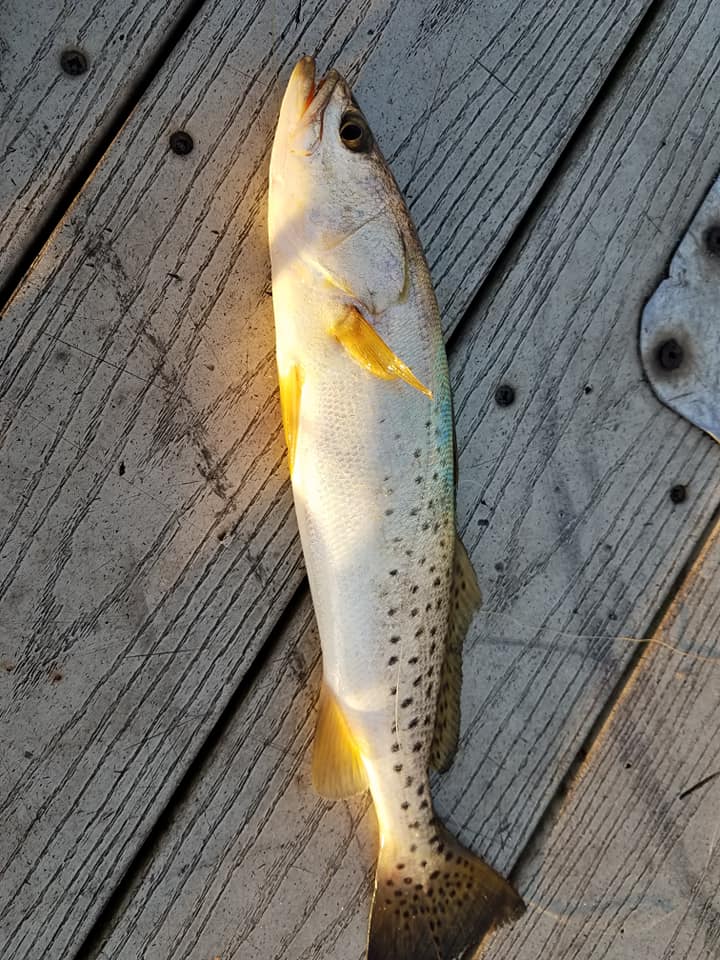
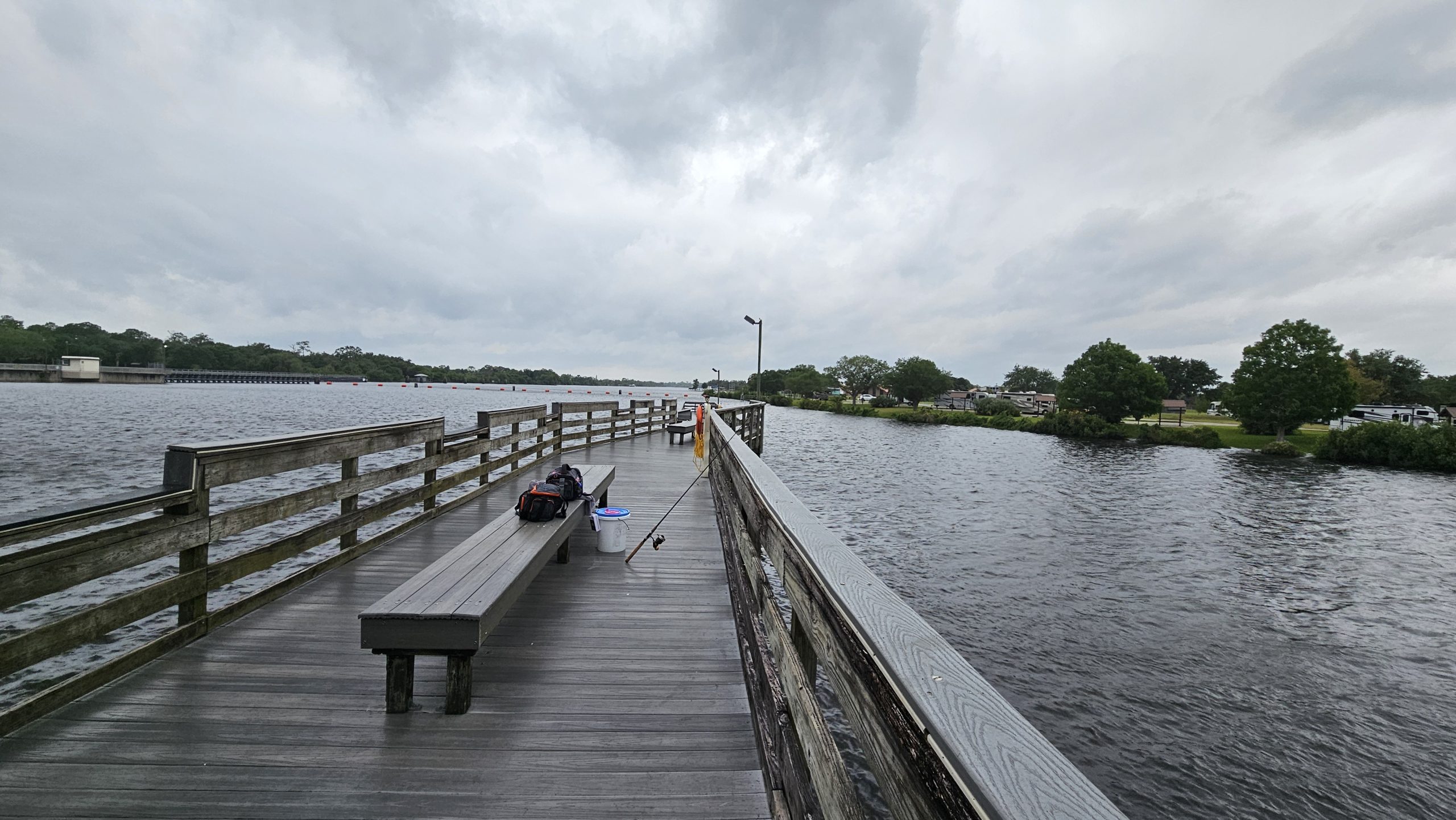
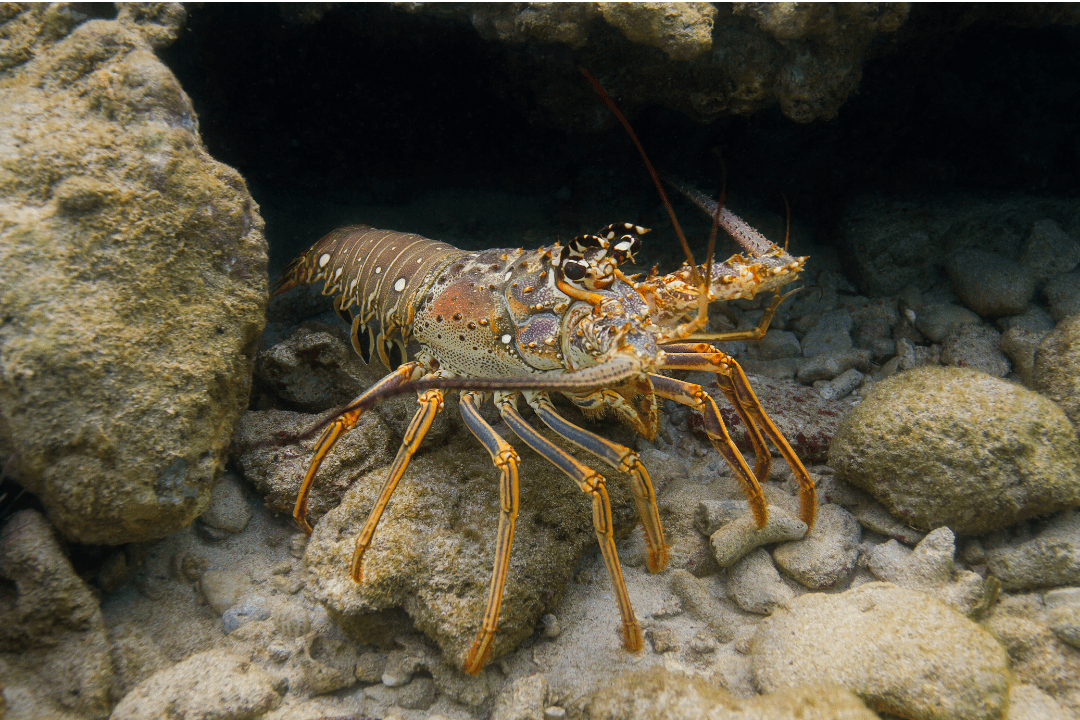


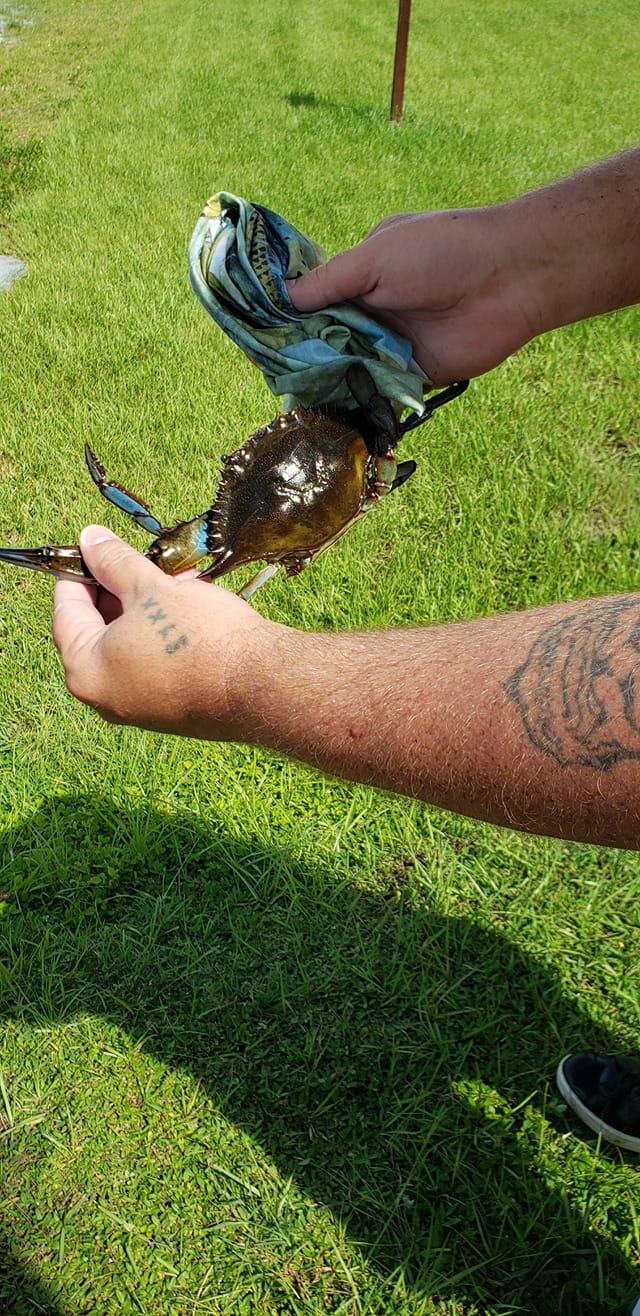
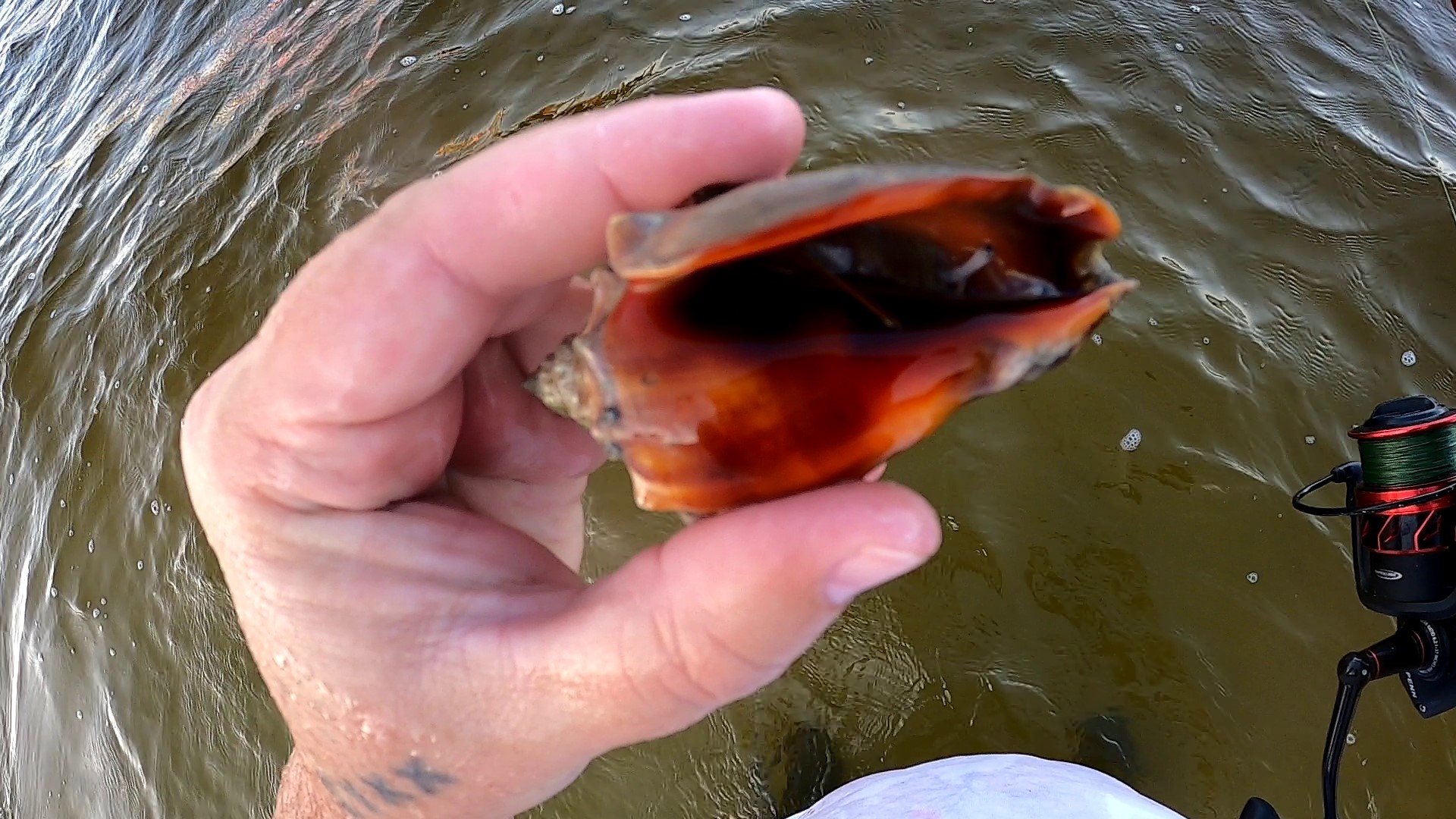
Post Comment
You must be logged in to post a comment.